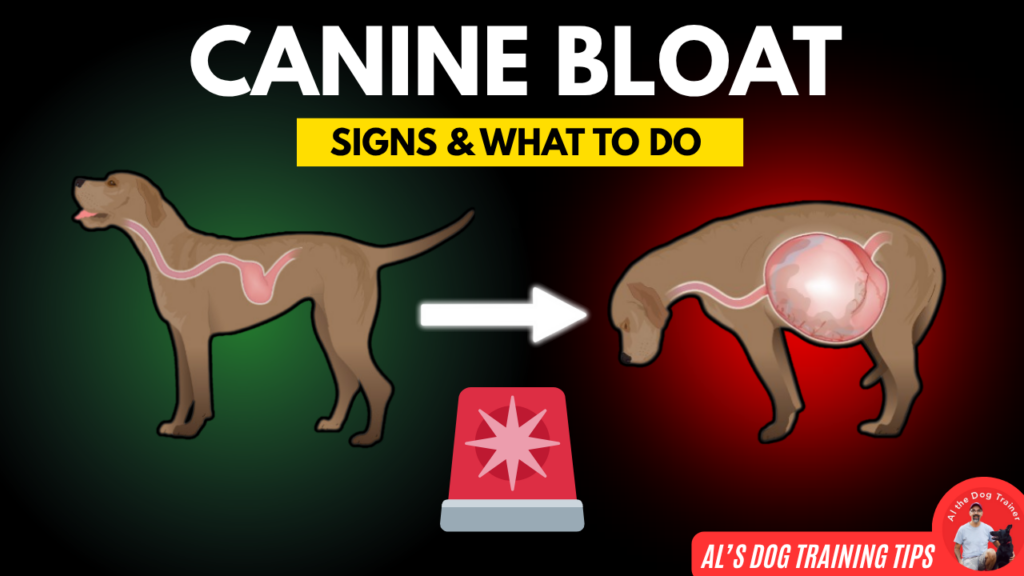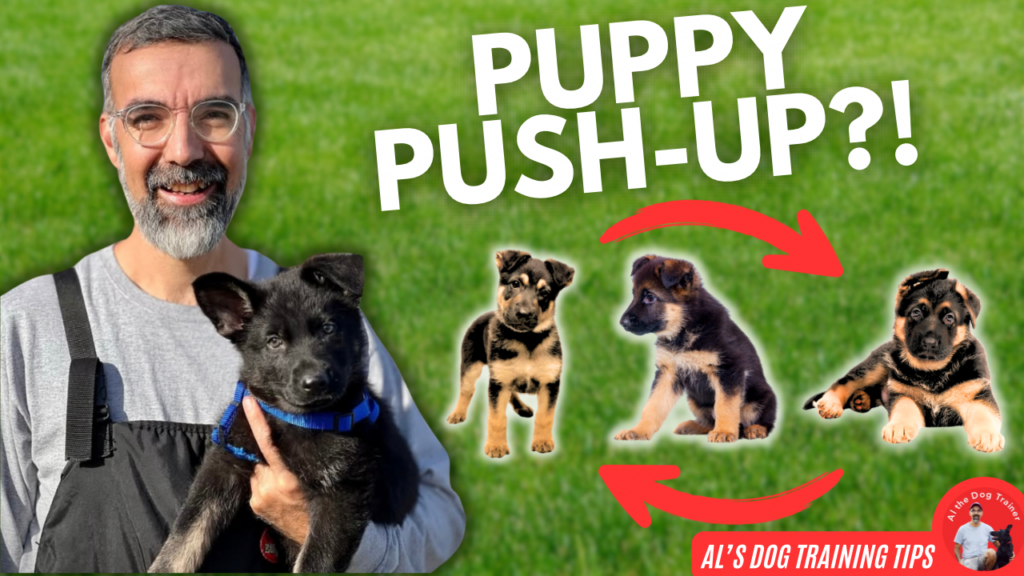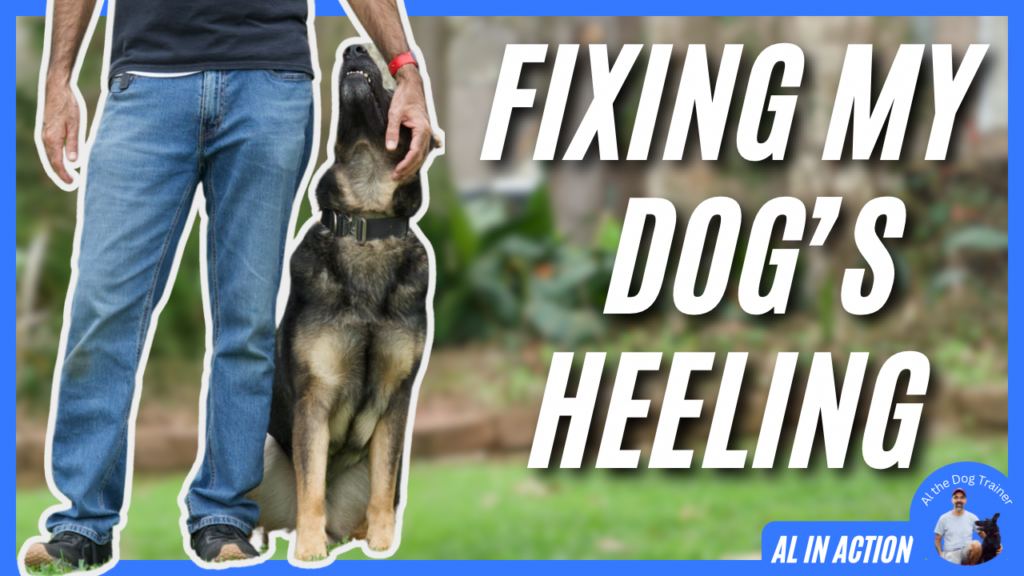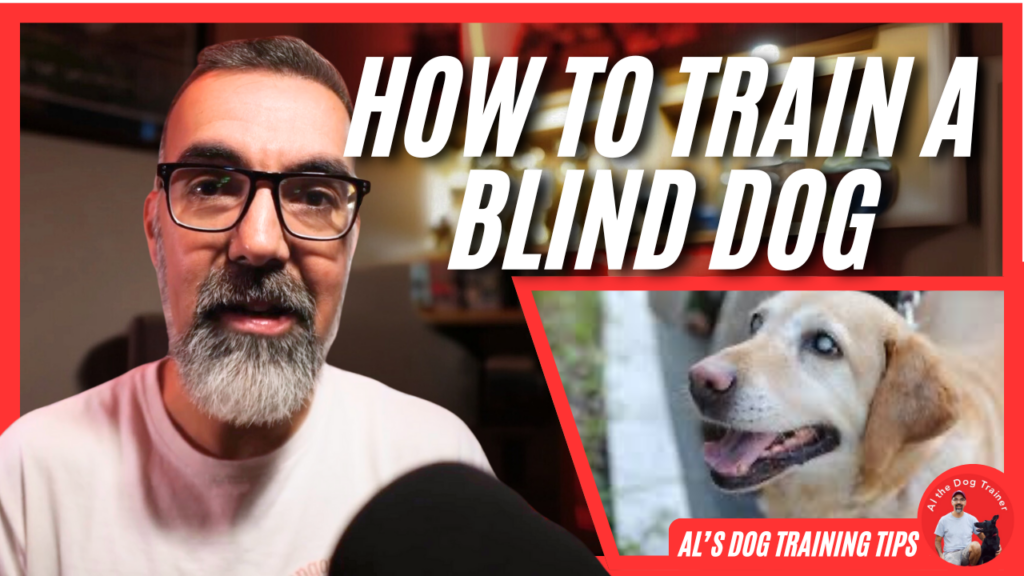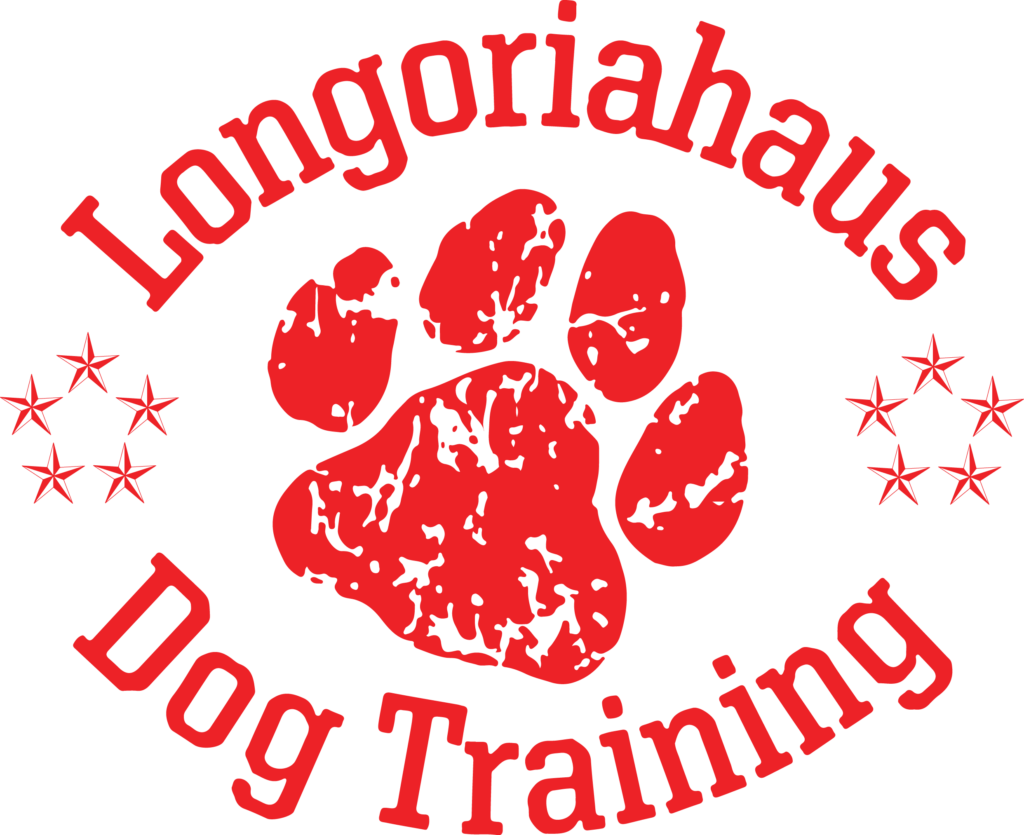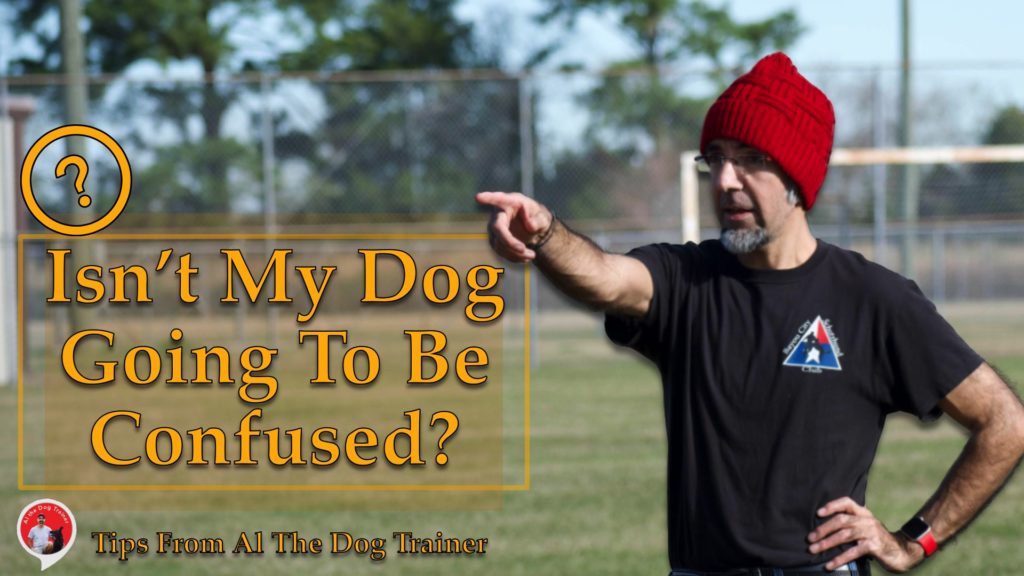
Today’s topic is: Isn’t my dog going to be confused?
So I hear this question quite a bit. Is my dog going to be confused by what we are doing? Well, the answer is probably yes. Confusion is a normal part of learning, and it’s something that you should be expecting, but it’s not something that you should necessarily be worried about. There are several things that you can do when your dog does get confused.
Keep It Simple
The first is to keep it simple. You want to keep what you’re asking the dog to do as simple as you possibly can. What I am saying is if your dog doesn’t understand something and is getting confused, keep that particular problem simple. Be patient with your dog. I think this is one of the easier things that we can do. Sometimes we tend to rush, but you don’t necessarily need to. Just let your dog work through the problem.
Break Down The Movement
Secondly is to break down the movement. When we’re training dogs, we’re asking them to move their body in a way that corresponds to the thing that we want them to do. These are solutions to the problems. Should they come into heel? Do the down? Should they come back when we call them? Bite the bad guy? Indicate? And what I mean by indicating is should the dog point out the scent that maybe you’re having them look for? It can be a variety of things, but it has to do with their movement.
Break down the movement. Make it very simple. If your dog needs to sit, maybe get them to raise their head. Maybe your dog needs to do a down; maybe have their front elbows in the down. I’m not saying to keep it that way forever, but at that moment, keep it very simple for them and break down the movement that you’re asking the dog to do into a more incremental part.
Challenge Them
Thirdly, have them do something they are really good at and then follow the new challenge. Sometimes when a dog gets a little too frustrated or confused, I’ll have them go back to do something that they’re very talented in, and I’m good at communicating with them. This way, they can get a little bit of break from the brain, and they can also begin to get rewarded again for getting back on the right track. Once you get them into that kind of mindset that they can be successful again, bring them back to the problem and see if they can figure it out.
Check Your Technique
Lastly, I want you to check your technique. This is really the big one for me. Often, when dogs are getting confused, the technique that we’re using to communicate to the dog is really just poor. Not everybody has great technique, and it’s something that we should all, as dog owners, strive to work at. It’s important to have the clearest technique that we possibly can.
Questions To Ask Yourself
Here are some questions to ask yourself. Are you frantic when you’re trying to explain a problem to your dog? The way that you know that you’re frantic is perhaps you’re talking a lot. Perhaps your leash is tight all the time. Maybe your arms and legs you’re fidgeting. Those types of things can be happening. Some of the better things to do if you’re frantic are to begin to make your arms and legs as still as possible, quiet the tone of your voice, and then let the dog work through the problem. That’s a great way to reduce franticness.
The other thing, are you giving your dog too many variables? I often watch people try to get their dog into the heel position, but then they start trying to heel; they’ll tell their dog no because the dog starts maybe forging ahead a little bit. Then they’ll tell their dog to sit and say “good dog.” They’ll tell the dog to heel again, and then they push the dog back because it’s forging again. And all of that happened in about a second and a half to 2 seconds.
It can be tough for your dog to figure out what you’re asking them to do with so many variables in a short span of time. It can be challenging for them to pick out what am I exactly supposed to do? Which part of my handler’s communication am I supposed to be paying attention to? So really, you want to watch the franticness, and you want to see if you’re giving too many different variables.
I hope this one was useful. Please remember to visit my YouTube Channel for more tips like these or right here on my website at www.longoriahausdogtraining.com.
Happy Training!

